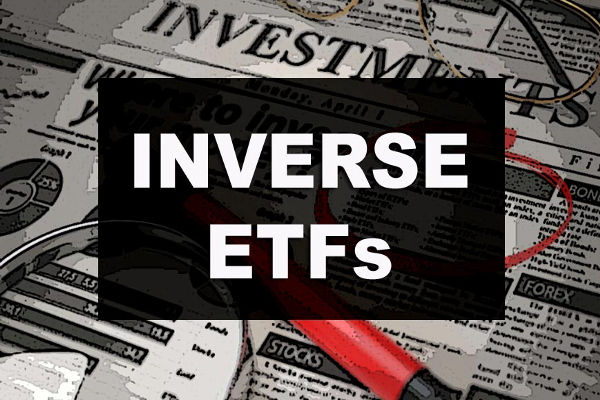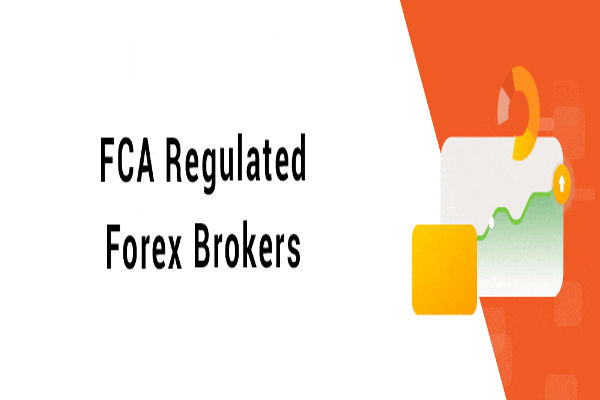Most people who save money are still accustomed to deposit it in a savings account at the bank, and they can't find a better way to do it, even though the interest rate is about equal to nothing these days. In fact, there is an account that can perfectly replace the savings account. It's free to open an account; you can see the interest every day; and there are even some that come with accident insurance. It is the money market Fund (Money Market Fund).

What is Money Market Funds?
A money market fund, abbreviated MMF, is an open-ended investment fund. It earns income by investing in highly liquid, low-risk short-term debt Securities, such as short-term government bonds, commercial paper, bank certificates of deposit, and other high-credit-quality short-term debt instruments. These securities usually have a relatively short maturity period, usually less than one year. Therefore, these funds are also known as short-term bond funds.
The main objective of MMFs is to maintain capital stability and provide relatively stable returns. Since the securities invested in are highly liquid and low-risk, these funds are less risky than equity funds but also offer relatively lower yields.
They are often considered a very safe investment yet highly liquid, with the ability to sell shares at market value at any time and receive funds in a short period of time. This makes MMFs an ideal short-term investment option, especially when emergency funds are needed.
Of course, it is not without risk. Although these funds are often considered low-risk investments, they still carry some potential risks. For example, interest rate risk, credit risk, and liquidity risk In addition, their returns are usually low and may not be enough to keep up with inflation rates.
In other words, the benefits are very low-risk, highly liquid, as well as better returns than bank deposits, while the drawbacks are no insurance cover, no capital appreciation, and exposure to interest rate fluctuations in monetary policy.
So is MMF not at risk of facing bankruptcy? MMFs are often seen as low-risk investment vehicles, but they are not completely free from the risk of bankruptcy. Although MMFs invest in short-term, low-risk securities, these funds can be exposed to liquidity risk and credit risk if the quality of the assets they invest in deteriorates or if there are large-scale redemptions.
For example, during the 2008 financial crisis, a US MMF suffered significant losses after holding securities issued by the bankrupt Lehman Brothers. The net asset value fell by one cent, and investors experienced massive redemptions.
In response, regulators in a number of countries took a number of measures. such as strengthening the disclosure requirements of MMFs, setting up risk reserves, or maintaining the NAV of certain funds at a fixed level to mitigate investors' losses. In addition, some MMFs have taken proactive measures, such as spreading portfolio risk across multiple securities and sectors, to reduce risk.
Overall, MMFs have a relatively low risk of insolvency. However, investors should realize that these funds are not completely risk-free investment vehicles. Investors should understand the fund's investment strategy, the quality of the managers' assets, and risk management practices, and assess their own investment objectives and risk-taking ability before investing.
Characteristics of money market funds
|
Characteristics
|
Description
|
|
Low Risk
|
Secures funds with low-risk, short-term assets. |
|
High liquidity
|
Portfolio: liquid, redeemable for cash anytime. |
|
Stable Net Asset Value (NAV)
|
keEPS NAV near $1/share with minimal fluctuations. |
|
Diversification
|
diversifies short-term debt to mitigate credit risk. |
|
Suitable for short-term investment
|
used for short-term investment, e.g., reserves. |
|
Low fees
|
Low management fees enhance investor net returns. |
|
No government guarantee
|
Preserving capital is not a government guarantee; it is a market risk. |
|
not suitable for long-term investment
|
This is because long-term investors may seek higher rates of return. |
Investment Objects of Money Market Funds
Consist primarily of short-term, highly liquid financial instruments and assets to ensure low risk and a high degree of liquidity of funds. Such as:
Treasury Bills: these are short-term bonds issued by the government, usually with a maturity of less than one year. They are usually considered very low-risk assets.
Commercial paper: these are short-term debt instruments issued by large corporations or financial institutions, usually with a maturity of less than 270 days. Commercial paper is usually of high credit quality.
Bank Deposits: MMFs can deposit funds in a bank account to earn interest rates on deposits. This is usually a highly liquid investment.
Short-term bonds: MMFs may invest in short-term bonds, such as short-term corporate and government bonds, with maturities usually less than one year. It also includes short-term securities issued by financial institutions, such as bank certificates of deposit, certificates of deposit, and bank acceptance notes.
Securities Repurchase Agreements: MMFs may enter into securities repurchase agreements, which involve the temporary purchase of a number of securities while the seller agrees to repurchase those securities at a future date at a price slightly higher than the purchase price.
Cash Equivalents: MMFs may also invest funds in other cash equivalents, such as short-term deposits and money market instruments.
These investment objects are highly liquid and relatively low-risk and are suitable for the MMF's objectives of preserving capital and providing a high degree of liquidity. The manager selects an appropriate mix of assets based on market conditions and the fund's investment strategy to ensure stability and reasonable investment returns.
The financial instruments in which money market funds may not invest are
|
Financial instruments that may not be invested in
|
Description
|
|
Long-term debt instruments
|
High-risk assets are unsuitable for MMF. |
|
Stocks and equities
|
higher risk, inconsistent with its low-risk objective. |
|
High-risk debt instruments
|
high risk, unsuitable for MMF strategy. |
|
Real estate investment trusts
|
not MMF-suitable, real estate risk. |
|
Derivatives contracts
|
Excluded: high-risk futures and options, not MMF-suitable. |
|
Long-term savings accounts
|
Excluded: long-term deposits, not MMF-suitable. |
|
Illiquid assets
|
Excluded: illiquid real estate, not MMF-suitable. |
Is It M1 or M2
It's usually categorized as part of the M2 money supply rather than the M1 money supply. Why? To understand the concepts of M1 and M2.
M1 money supply: consists of the most liquid currencies used for everyday transactions and usually includes currency for circulation, checking account deposits, and traveler's checks. Among the currencies for circulation are bills and coins; checking account deposits include regular savings accounts, checking accounts, and other non-interest rate-sensitive deposit accounts; and traveler's checks are traveler's checks that can be used like cash.
M2 money supply includes all components of M1. as well as financial assets such as savings accounts, certificate deposits, and money market accounts. Savings accounts typically include deposit accounts, which have a certain maturity and usually pay a lower interest rate. Certificate deposits, on the other hand, are time deposits in which the investor agrees to place funds in a bank in order to obtain a higher interest rate for a period of time that usually ranges from a few months to a few years. A money market account is a deposit account similar to a savings account that typically pays a higher interest rate while providing certain check writing and withdrawal rights.
MMFs are usually relatively highly liquid, but unlike the M1 money supply, they are not considered to be money used for day-to-day transactions and are instead categorized as M2 money.
Supervision and Administration of Money Market Funds
|
Supervision and Management
|
Description
|
|
Portfolio Limitations
|
sets limits on portfolio percentage, duration, and positions. |
|
NAV maintenance requirements
|
It requires that the net asset value (NAV) per share be maintained near $1. |
|
Disclosure Requirements
|
requires transparent information about fund characteristics and risks. |
|
Credit Requirements
|
invests only in high-quality instruments to minimize credit risk. |
|
Liquidity Requirements
|
Prioritize highly liquid assets for investor redemption flexibility. |
|
Redemption Restrictions
|
Allow it to impose redemption restrictions in extreme market conditions. |
|
Valuation Requirements
|
ensures accurate NAV valuations of holdings. |
Disclaimer:This material is for general information purposes only and is not intended as (and should not be considered to be) financial, investment, or other advice on which reliance should be placed. No opinion given in the material constitutes a recommendation by EBC or the author that any particular investment,security, transaction, or investment strategy is suitable for any specific person.







